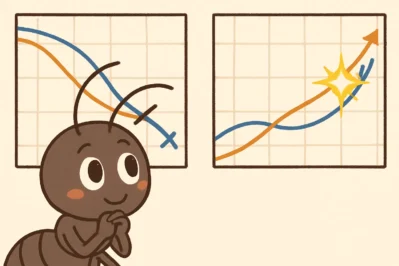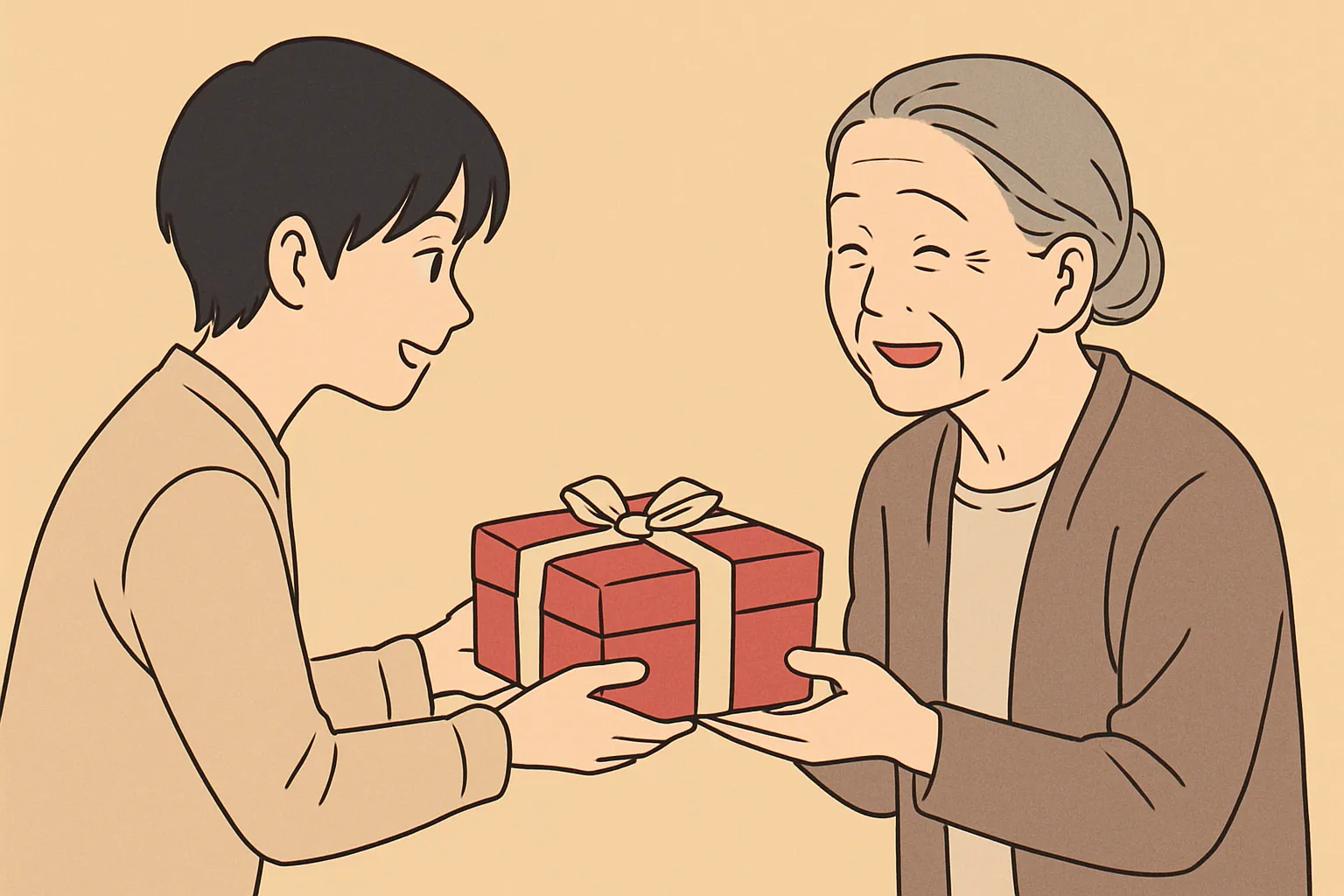Master Korean Stock Charts: Ride the Golden Cross!
Hello! Welcome to Maeil Hangeul (매일한글), where we upgrade your Korean skills every day!
Are you interested in the world of stocks and investing? Want to understand what your Korean friends are talking about when they look at charts on their phones? Today, we’re diving into some essential Korean vocabulary for stock trading, specifically how to identify buy and sell signals using a popular technical analysis tool.
You might have heard that recently in Korea, there’s been a huge boom in retail investing, often called the “Donghak Ant Movement” (동학개미운동). So many people, especially the younger generation, are talking about stocks! By learning today’s expressions, you’ll not only understand financial news in Korean but also join in on these trendy conversations. Let’s get started!
Key Expressions You Must Know
Here are three core terms you’ll see on every Korean stock chart.
1. 이동평균선 (Moving Average)
* Pronunciation [Romanized]: i-dong-pyeong-gyun-seon
* English Meaning: Moving Average (MA)
* Detailed Explanation: This is one of the most basic and important indicators in stock chart analysis. It shows the average stock price over a specific period (like 5 days, 20 days, or 60 days). It helps to smooth out price fluctuations and see the overall trend. In Korean news and analysis, you’ll often hear about the 5일선 (5-day line), 20일선 (20-day line), etc.
2. 골든크로스 (Golden Cross)
* Pronunciation [Romanized]: gol-deun-keu-ro-seu
* English Meaning: Golden Cross
* Detailed Explanation: This is a very optimistic buy signal! It happens when a short-term moving average line crosses above a long-term moving average line. For example, when the 5-day line goes above the 20-day line. It suggests that the stock’s momentum is shifting upwards, and many Korean investors see this as a great time to buy (매수하다, maesu-hada). It’s a Konglish (Korean-style English) term, so it’s easy to remember!
3. 데드크로스 (Dead Cross)
* Pronunciation [Romanized]: de-deu-keu-ro-seu
* English Meaning: Dead Cross
* Detailed Explanation: As the name suggests, this is the opposite of a Golden Cross and is a bearish sell signal. It occurs when a short-term moving average line crosses below a long-term moving average line. This indicates a potential downward trend, and many investors consider it a signal to sell (매도하다, maedo-hada). This is another Konglish term that is widely used.
Example Dialogue
Let’s see how these words are used in a real conversation between two friends, Minjun and Sora.
A (민준): 소라야, 이 차트 좀 봐. 삼성전자 주식에 골든크로스가 나타난 것 같아!
Soraya, i chateu jom bwa. Samseong-jeonja jusig-e goldeun-keuroseu-ga natanan geot gata!
(Sora, look at this chart. I think a Golden Cross just appeared on the Samsung Electronics stock!)
B (소라): 정말? 그럼 지금이 매수 타이밍인가? 단기 이동평균선이 장기선을 확실히 뚫었어?
Jeongmal? Geureom jigeum-i maesu taiming-inga? Dangi idong-pyeonggyun-seon-i janggi-seon-eul hwaksilhi tturheosseo?
(Really? Then is now the time to buy? Did the short-term moving average line clearly break through the long-term one?)
A (민준): 응, 확실해 보여. 데드크로스가 나오기 전에 수익을 내야지!
Eung, hwaksilha boyeo. Dedeu-keuroseu-ga naogi jeone suig-eul naeyaji!
(Yeah, it looks certain. We should make a profit before a Dead Cross appears!)
Culture Tip & Trend Analysis: The Donghak Ants
As we mentioned, individual investors in Korea are often called “개미 (gaemi),” which means “ants,” because they invest smaller amounts compared to big institutions. The “Donghak Ant Movement” (동학개미운동) is a term that went viral in 2020. It refers to the massive wave of regular Korean people who started buying up stocks, much like the historic Donghak Peasant Revolution where common people rose up.
Today, terms like 골든크로스 and 데드크로스 aren’t just for financial experts. You’ll hear them on YouTube channels run by young investors, in online communities, and even in casual chats among friends. Knowing these words shows you’re in touch with a major economic and cultural trend in modern Korea! Using them correctly will definitely make you sound more like a native.
Wrap-up & Practice Time!
Great job today! You’ve learned three essential Korean terms for understanding stock charts: 이동평균선 (moving average), 골든크로스 (golden cross), and 데드크로스 (dead cross). Now you’re ready to understand the basics of Korean stock market talk!
Let’s test your knowledge with a quick quiz.
Fill in the blank:
- A short-term moving average crossing above a long-term one is a buy signal called a ________.
- When you see a ________, it might be a good time to sell your stock.
Leave your answers in the comments below using the Korean expressions you learned today! We’d love to see you try them out. Happy learning






